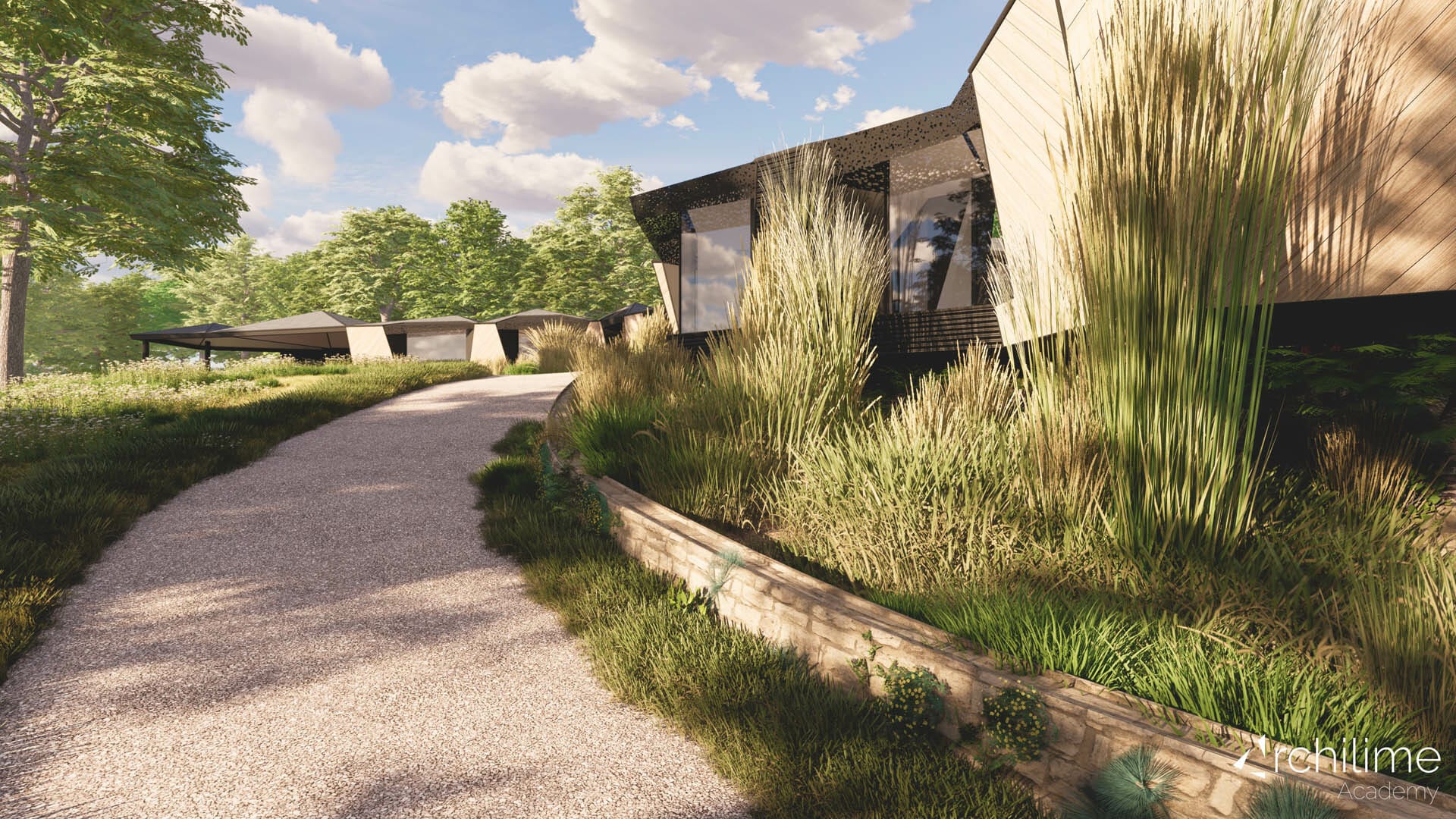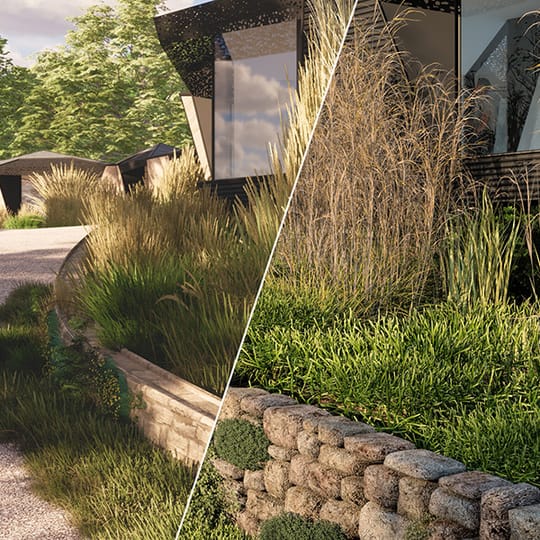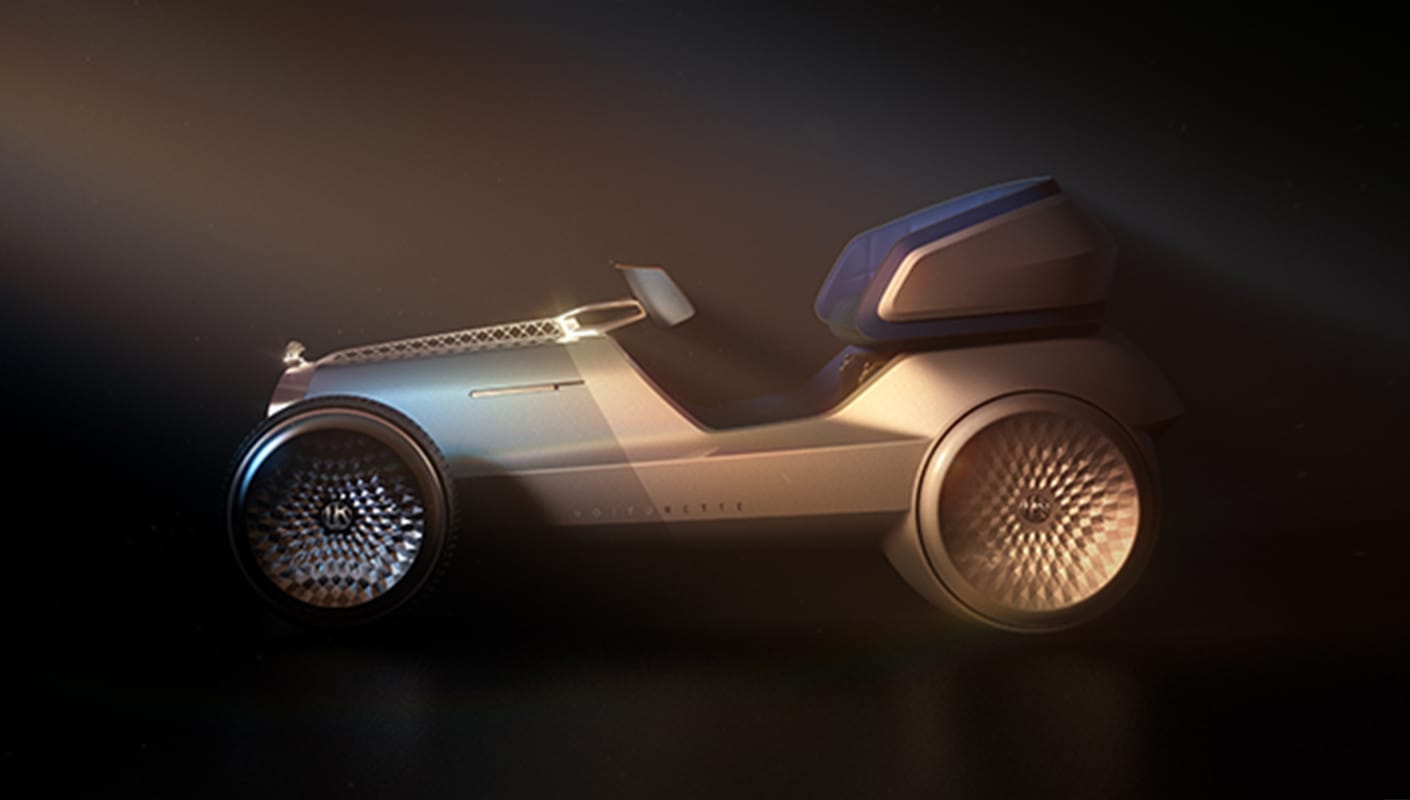Why not both? Archilime's Dan Stone reveals how uniting Enscape and V-Ray for SketchUp can power up architectural workflows and open new creative possibilities.
V-Ray and Enscape are two prominent 3D rendering tools that may be used with SketchUp; the 3D modeling software of choice for us at The Archilime Academy, and millions of others worldwide. While both rendering programs are meant to assist users in creating 3D visualizations, they serve distinct purposes and have different capabilities.


V-Ray for SketchUp
Professionals frequently utilize the advanced 3D rendering program V-Ray to produce spectacular 3D visuals. With V-Ray for SketchUp, users can create accurate lighting simulations and realistic materials using the software's global illumination, physically based materials, and strong rendering algorithms. V-Ray's rapid rendering speeds are one of its key advantages, allowing it to produce 3D illustrations that are nearly indistinguishable from actual images.
Key features of V-Ray for SketchUp:
- CPU, GPU, and hybrid rendering
- A large asset library, plus 3D model import
- Atmospheric and volumetric effects
- Cloud rendering
- Realistic and customizable lighting and materials
V-Ray also works well with other 3D modeling and animation programs like 3ds Max, Revit, or Rhino, making it simple for users to transfer their V-Ray scenes for more refinement or animation. V-Ray is a flexible tool for 3D designers and artists that integrate a variety of tools into their workflow.


Enscape for SketchUp
Enscape for SketchUp, on the other hand, is a real-time 3D rendering plugin designed to assist users in creating rapid and easy 3D visualizations. It is well-known for its capacity to produce high-quality 3D graphics in real-time, making it an excellent tool for producing on-the-fly presentations and visualizations such as virtual tours and walkthroughs.
Additionally, Enscape for SketchUp supports virtual reality (VR) headsets, enabling users to experience their realistic 3D scenes in a completely immersive and interactive way. In order to speed up client approval during design reviews, this immersive experience is especially helpful for architects and designers. Enscape facilitates efficient design iterations and quicker feedback cycles by allowing real-time discussion and change implementation as well as guiding clients to the design's focal points through visualizations and tours. As a result of this, it is an effective tool for architects and designers who want to streamline their design process on the road to creating stunning designs and visualizations.
Key features of Enscape for SketchUp:
- Real-time rendering extension
- Interactive 3D scenes
- VR headset support
- Fast and easy to use
- Lightweight 3D assets


V-Ray and Enscape
The type of 3D imagery created by V-Ray and Enscape varies significantly. V-Ray is designed to produce high-quality, photorealistic 3D visuals, whereas Enscape was built to provide rapid 3D visuals as part of an iterative workflow. Another distinction is the degree of control and customization provided by the two tools. V-Ray offers a wide range of complex capabilities and possibilities for highly customizable imagery, but Enscape has been refined to be more user-friendly, with an emphasis on swift 3D visualizing.
Both V-Ray and Enscape are capable 3D rendering programs for SketchUp users, like us, but they are made with different purposes in mind. Enscape is perfect for architects and designers who need real-time visualization tools within their CAD programs, enabling effective design iterations and quicker feedback cycles. V-Ray, on the other hand, is tailored for experts in archviz and visual effects who require sophisticated tools to create high-quality, photorealistic 3D visuals for challenging design presentations and marketing material.
The bridge between V-Ray and Enscape allows for seamless compatibility and collaboration between architects, designers, and archviz experts. The two tools are complementary to one another. Artists can help designers by creating production-level materials and assets for their use in 3D software such as Revit, Rhino, or SketchUp (as in our case). In the opposite direction, designers can quickly share their designs with artists. Through this integration, the visualization workflow between architects, designers, and archviz experts has never been more streamlined, effective, and efficient.
All architecture in this article created by Squirrel Design.





